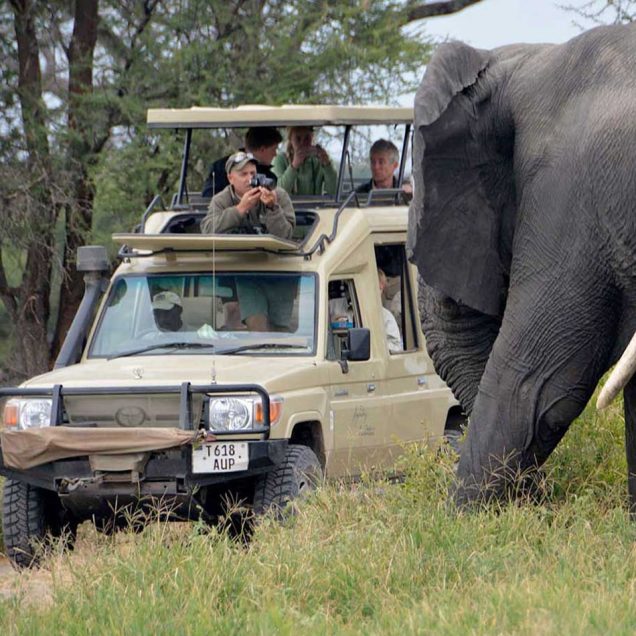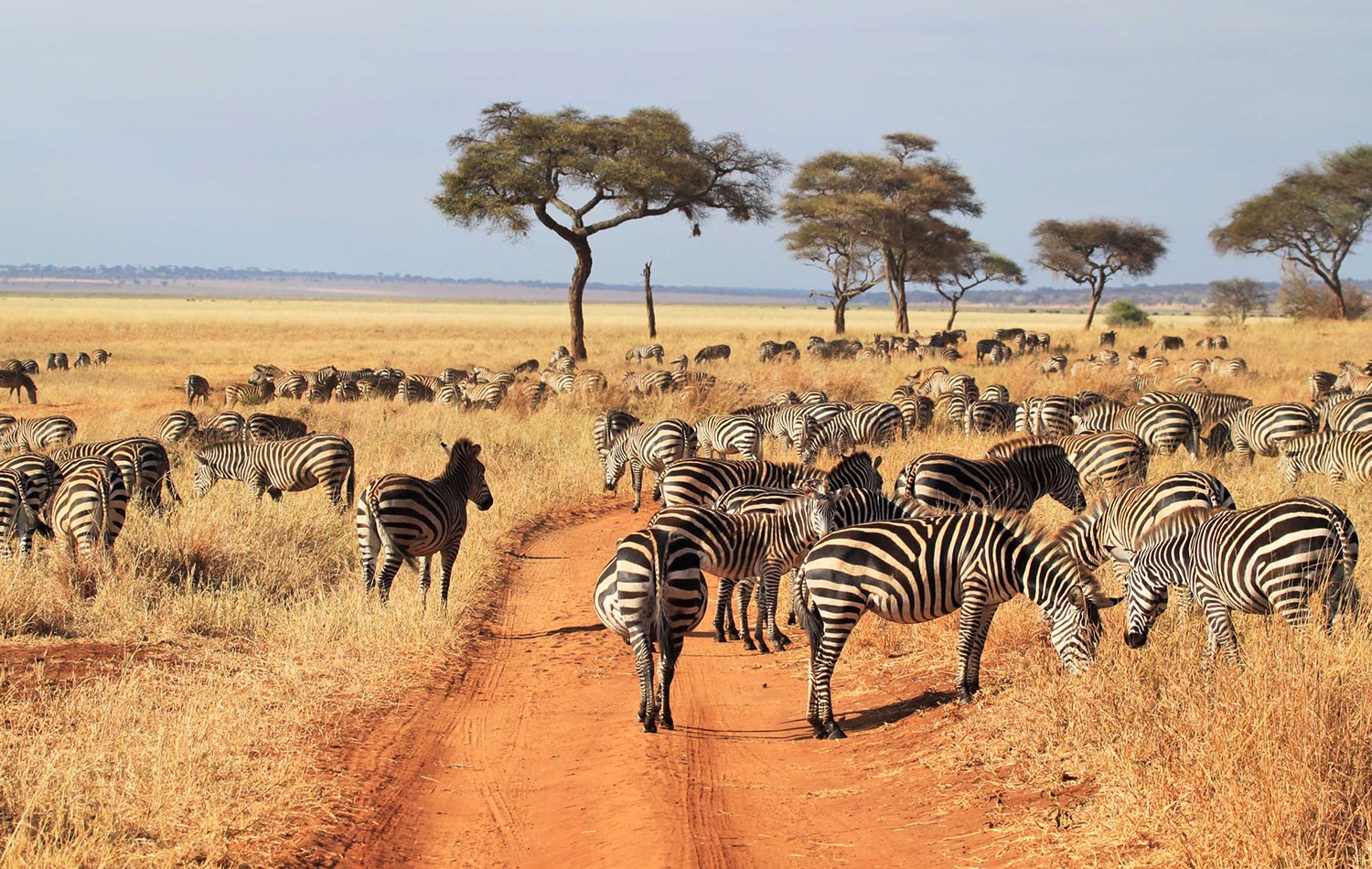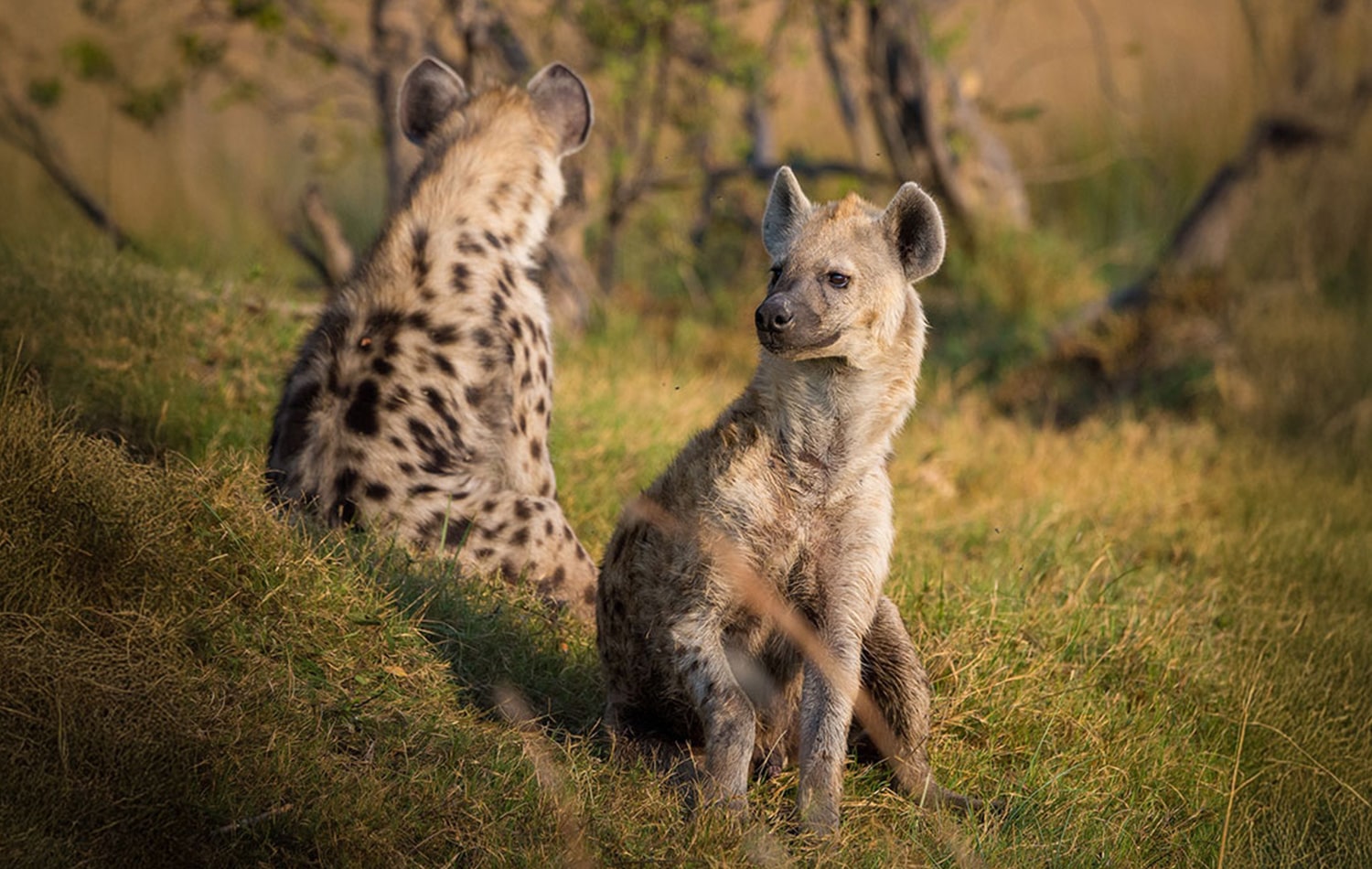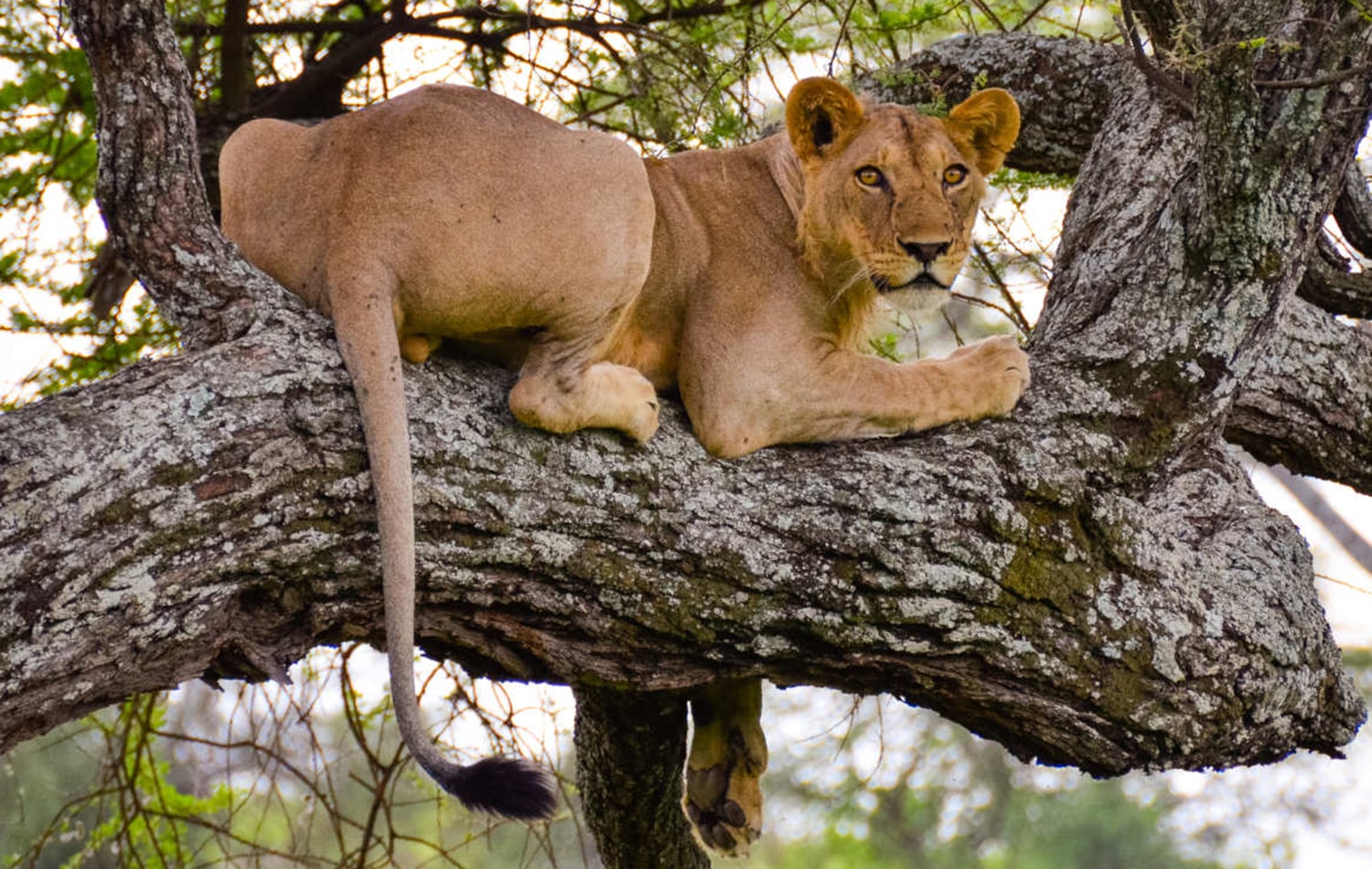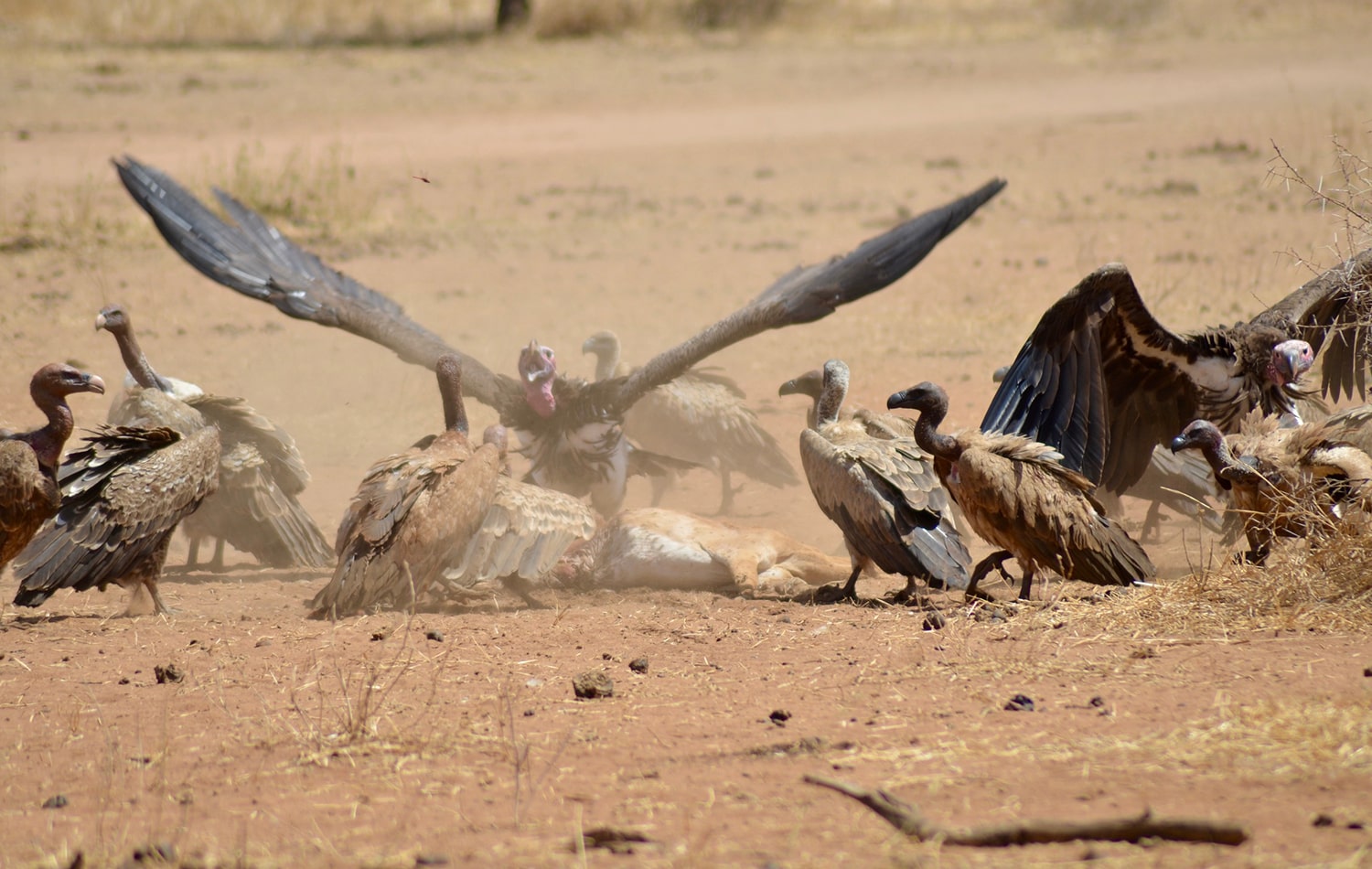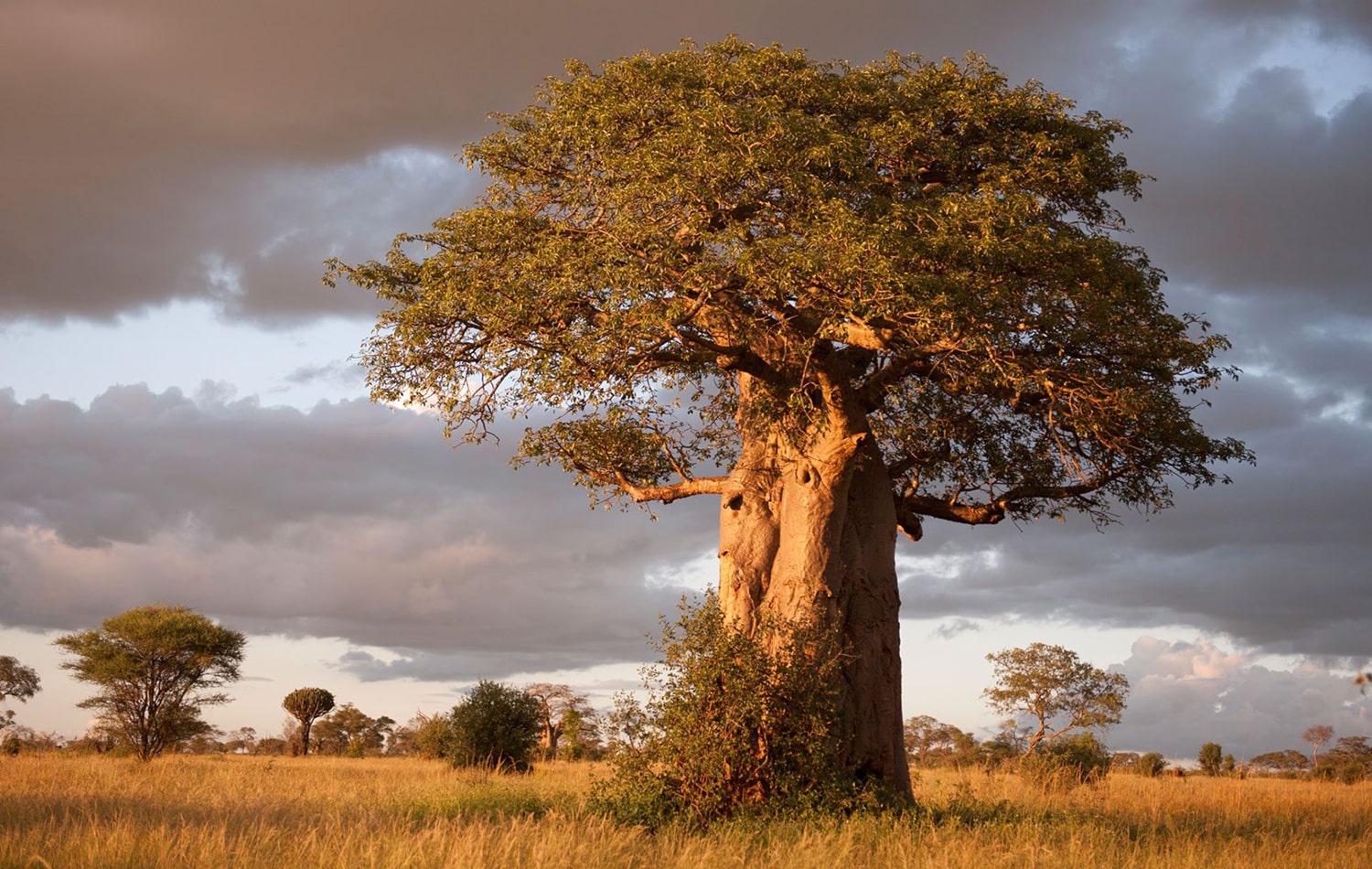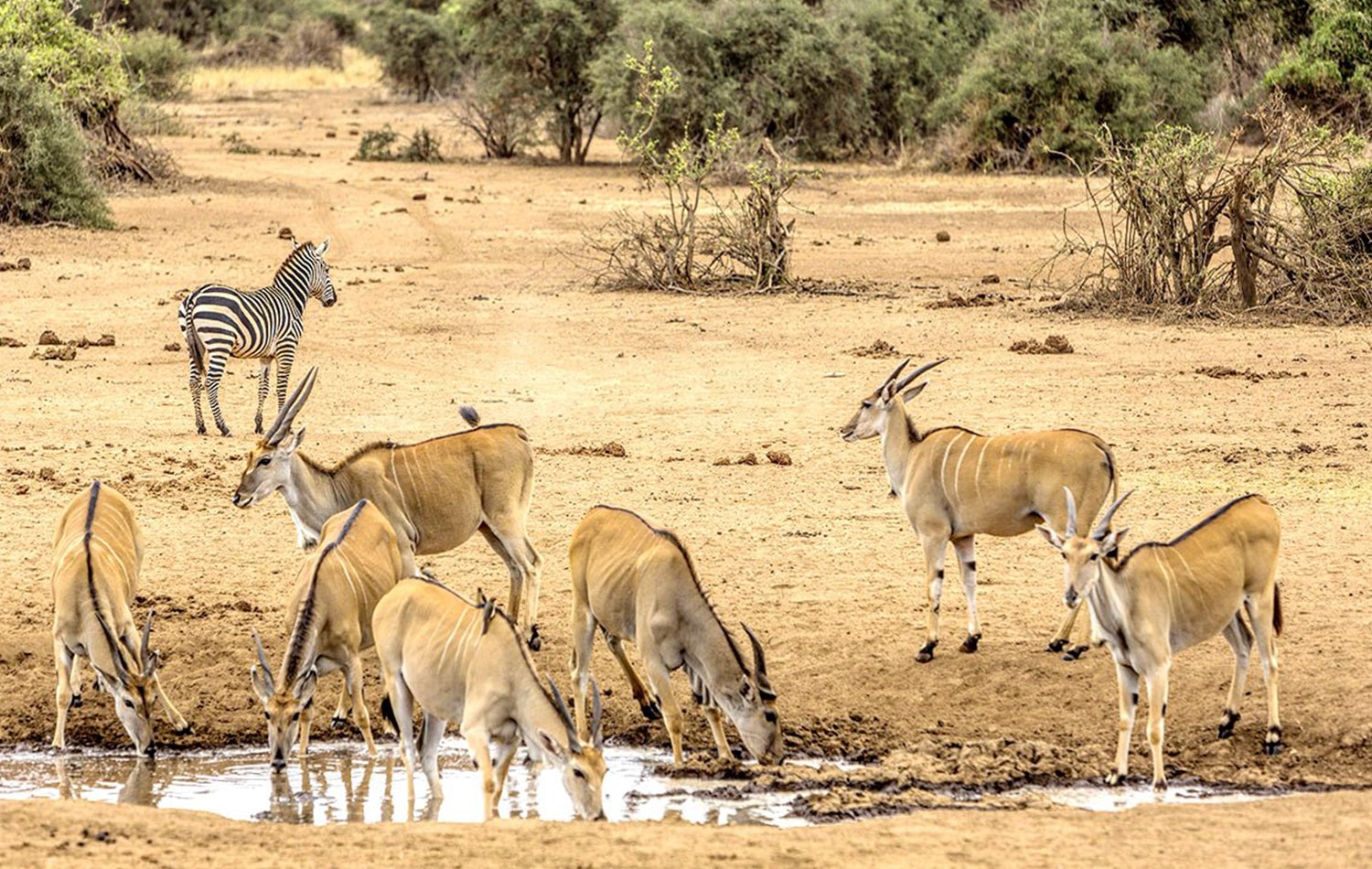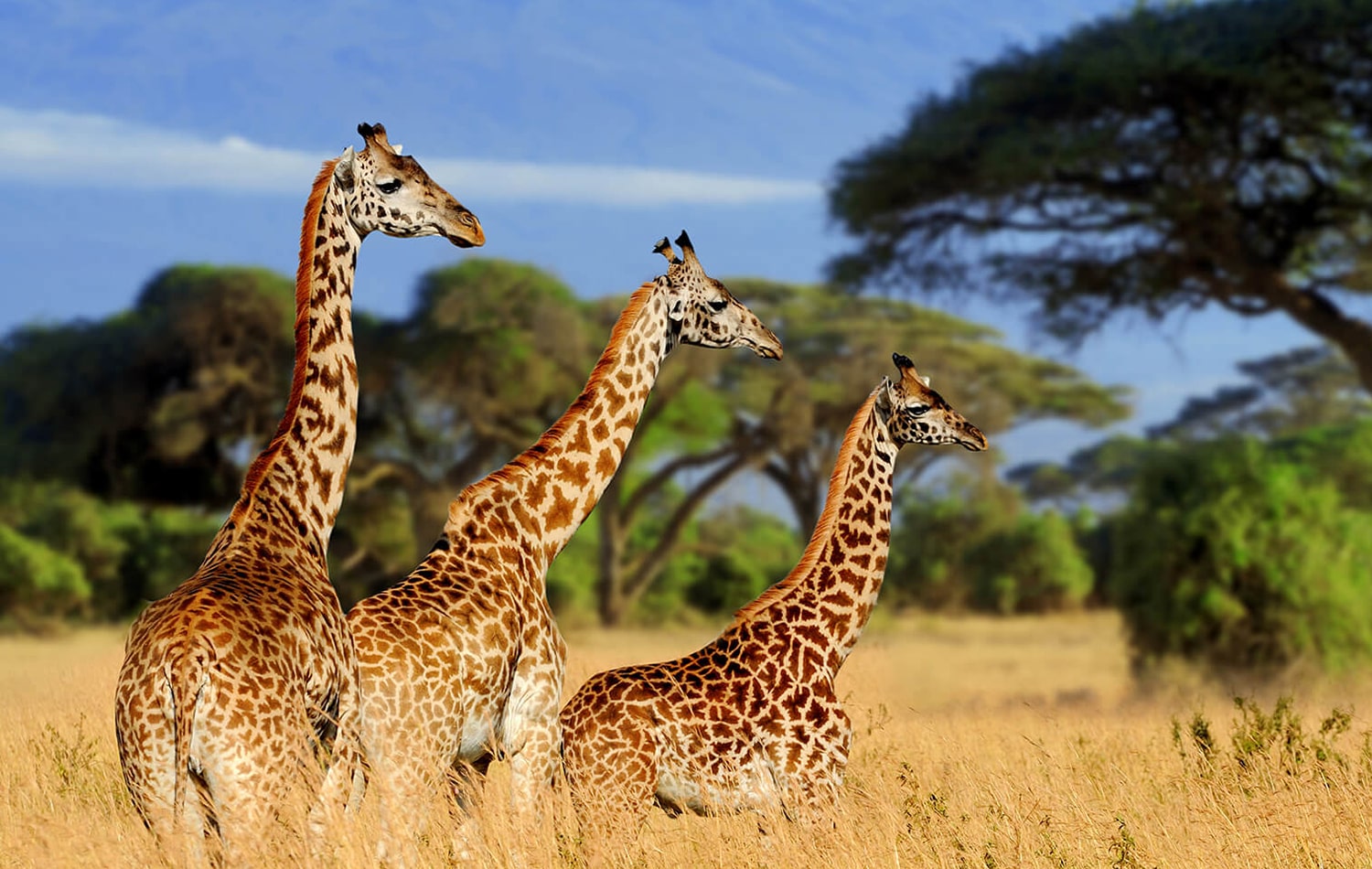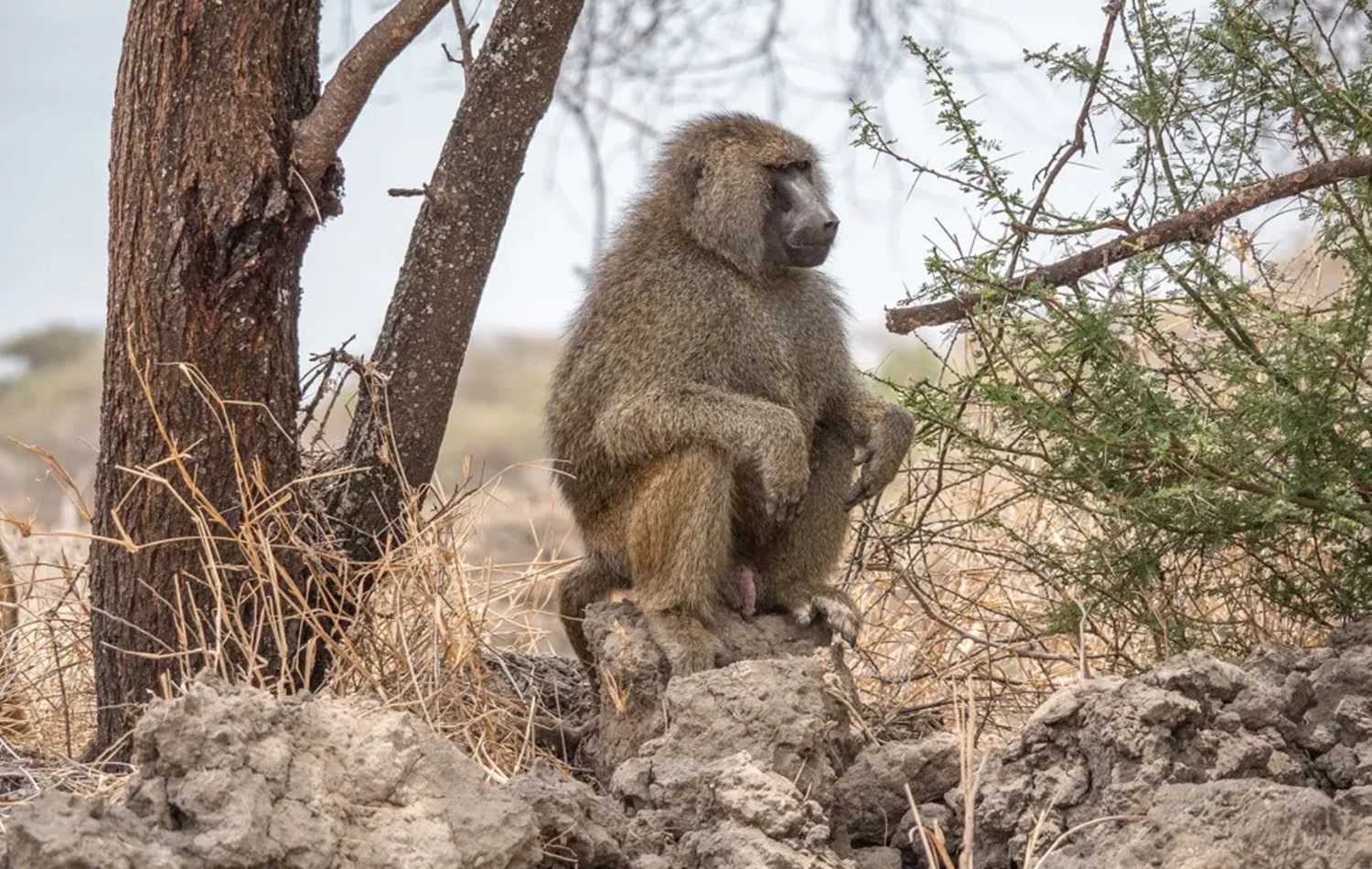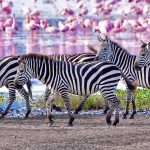

Overview
Tarangire National Park, located in northern Tanzania, is famous for its large elephant herds, iconic baobab trees, and seasonal migration of wildlife. Covering about 2,850 square kilometers, it offers rich biodiversity, including lions, leopards, giraffes, zebras, and over 500 bird species. The Tarangire River runs through the park, attracting animals year-round, making it an excellent destination for game viewing, especially during the dry season.
Sights
Map
Info
The Land of Giants: Tarangire’s Unique Landscape and Wildlife
Tarangire National Park is one of Tanzania’s most awe-inspiring safari destinations, renowned for its immense elephant populations and iconic baobab trees that dot its expansive landscape. Covering approximately 2,850 square kilometers, the park lies within the Manyara Region in northern Tanzania and is part of the famed Northern Safari Circuit. The park’s name comes from the Tarangire River, which flows through the heart of the reserve and serves as a critical water source, especially during the dry season from June to October.
This river acts as a magnet for wildlife, drawing vast numbers of animals from surrounding regions. Herds of up to 300 elephants can be seen at a time — an unforgettable sight — as they dig into dry riverbeds in search of underground springs. Tarangire is also home to large populations of zebras, wildebeests, giraffes, impalas, elands, and buffaloes. Predators such as lions, leopards, hyenas, and occasionally cheetahs follow closely behind. What makes Tarangire unique is its serene, less-crowded atmosphere compared to Serengeti or Ngorongoro, offering a more intimate wildlife experience among dramatic scenery filled with rocky ridges, swamps, and ancient baobabs.
A Birdwatcher’s Paradise: Rich Avian Diversity and Ecological Balance
Beyond its large mammals, Tarangire National Park is also celebrated as one of East Africa’s top birding destinations, boasting over 550 recorded bird species. This extraordinary diversity is supported by the park’s mix of ecosystems — including wetlands, open woodlands, grasslands, and riverine forests — that offer ideal habitats for both migratory and resident species. Bird enthusiasts can spot everything from the colorful lilac-breasted roller and yellow-collared lovebird to the stately kori bustard (Africa’s heaviest flying bird) and the elusive African skimmer.
Wetland areas such as the Silale Swamp teem with waterbirds like herons, storks, egrets, and spoonbills. Raptors are also abundant, including bateleurs, martial eagles, and fish eagles soaring above the treetops. The presence of birds is not just aesthetic — each species plays a crucial ecological role, from pest control to seed dispersion. The interdependence between flora and fauna is evident across the park, where the famous baobab trees not only define the skyline but also store water and provide shelter for various animals. This balance between predator and prey, between plant and pollinator, makes Tarangire a living classroom of natural science and a sanctuary for biodiversity.
Adventure and Tranquility: Activities, Access, and Sustainable Tourism
Tarangire offers a perfect blend of adventure and tranquility, making it an ideal stop for both first-time and seasoned safari-goers. Unlike the more trafficked parks nearby, Tarangire remains a peaceful gem, allowing visitors to enjoy game drives without the congestion of vehicles. Morning and afternoon safaris reveal a dynamic landscape that shifts with the seasons, from lush greenery in the wet season to dusty golden plains in the dry. Walking safaris, available in certain areas outside the park core, provide thrilling close-up encounters with the land and its smaller inhabitants.
Visitors can also take part in cultural tours to nearby Maasai or Barabaig communities, gaining insight into traditional ways of life. Accommodation ranges from luxury tented lodges to rustic campsites, many offering views over the river or savannah. The park is easily accessible from Arusha by road (about 2–3 hours) or by small charter flights to nearby airstrips. Tarangire also plays a key role in conservation, with ongoing efforts to preserve migration corridors and reduce human-wildlife conflict. As interest in eco-tourism grows, Tarangire stands as a model of how wildlife protection and responsible travel can go hand in hand, offering unforgettable experiences that support both nature and local communities.

